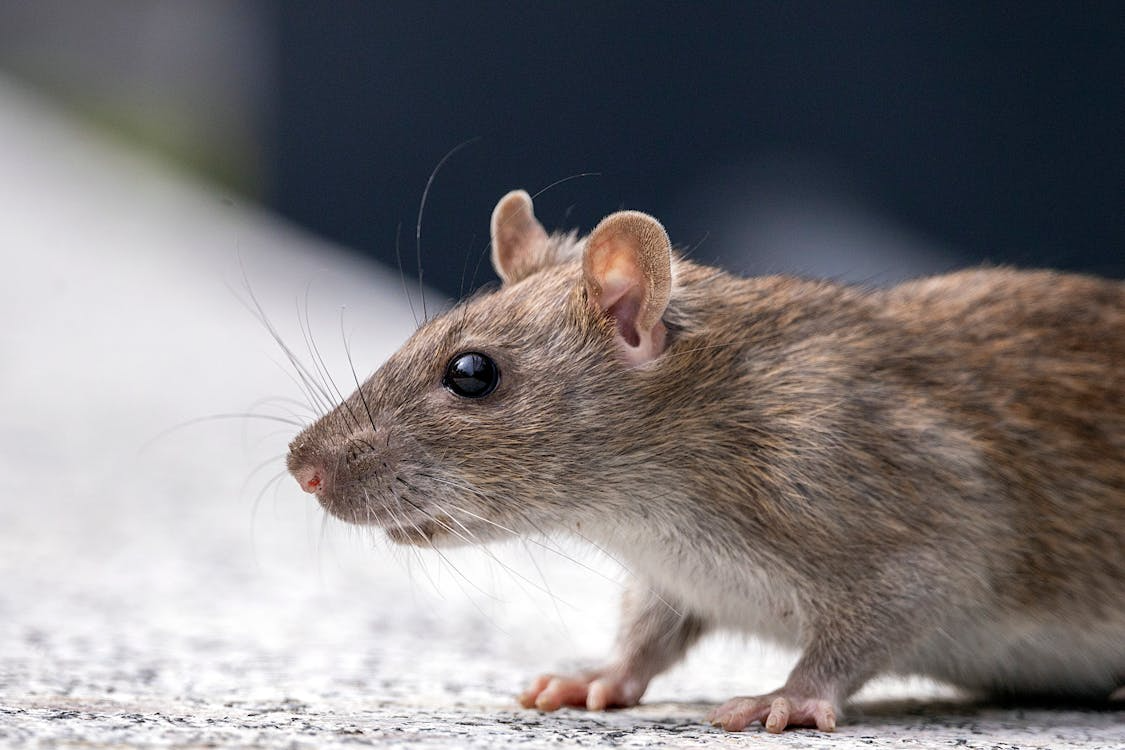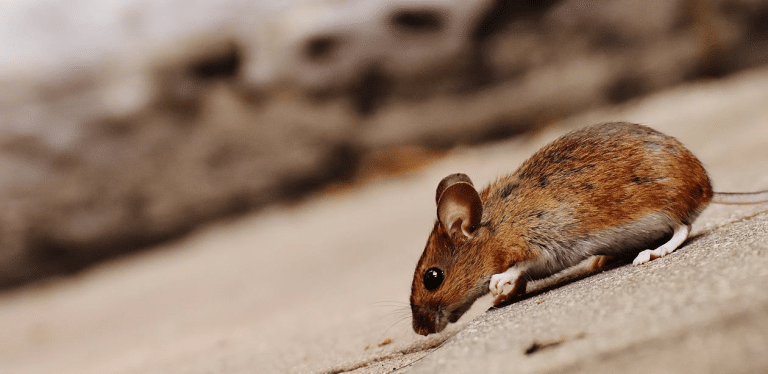You notice a rustle in the soffit at dusk, then faint scratching after midnight. A few droppings show near the garage door, and something has gnawed the bagged bird seed. Small signs like these often matter more than a single dramatic sighting.
Property owners in Houston and the Gulf Coast see this pattern during long warm spells. Western Nevada homeowners see it during sharp temperature swings and dry spells.
If you want help that respects animals and your home, look for wildlife and pest control in Western Nevada that uses humane steps and clear repairs, then compare those steps with your own local needs.
What Humane Control Means
Humane control starts with inspection, not a trap. A careful walkthrough maps food, water, and shelter. Technicians check gaps at roof lines, vents, chimneys, and crawl spaces. They also track grease rub marks, trails, and moisture that attracts pests.
The next step is exclusion. That means sealing entry points with rodent-proof mesh, metal flashing, or mortar. It also means fitting chimney caps, vent covers, and door sweeps. The goal is to remove access, which reduces future problems without heavy chemical use.
Humane control also follows Integrated Pest Management, or IPM. IPM favors monitoring, sanitation, and habitat changes first. It reserves low-risk products for targeted use only when needed. For background on IPM principles, see the U.S. EPA’s overview, which explains monitoring, thresholds, and non-chemical tactics in clear terms.
Region Matters: Gulf Coast Vs. High Desert
Houston’s long humidity supports ants, cockroaches, mosquitoes, and roof rats. Overgrown drainage easements and fruiting landscape plants can support rats and opossums.
Attic temperatures stay warm enough for long activity windows. Timing service just before peak breeding can prevent months of damage.
Western Nevada’s high desert brings dry air, large day-night swings, and fewer harborage spots. Wildlife often seeks attic shade and water lines in late summer and fall.
Skunks, raccoons, squirrels, and bats move based on season, temperature, and young. Humane work there focuses on sealing buildings and keeping water access tight.
Both regions share one rule, do not trap parents while young remain in a structure. Professionals time one-way doors to match breeding cycles.
They confirm no young remain before sealing. In Houston, this includes bat nurseries in summer. In Nevada, this includes late summer shifts when bats gather before migration.
Pro Methods That Respect Wildlife
A humane program is systematic. It has steps you can check and verify. Here is a common flow many licensed teams follow across climates:
- Detailed inspection with photos and a simple map of entry points.
- Light cleanup, then install one-way doors at active holes.
- Seal secondary gaps with materials rated for chewing and weather.
- Remove one-way doors after activity stops and close those openings.
- Sanitize and restore, which may include attic spot cleaning or insulation fixes.
Traps may still be used for rats and mice in a building, since they breed fast and spread waste. Even then, placement is targeted, documented, and hidden from pets and children. Exterior bait use is limited and locked, and only when sanitation and sealing cannot control pressure.
Cleanup is part of humane work. Droppings can carry pathogens, and urine can corrode surfaces. A plan should include safe removal, bagging, and approved disinfectants. It should also include odor control so animals are not drawn back to the same place.
Fixes That Last In Houston And Nevada
Your roofline matters more than any single device. In Houston, soffits and ridge vents often loosen in peak heat. Metal screens with tight fasteners outperform plastic covers. Yard work helps too. Keep branches back from the roof and store pet food indoors.
In Western Nevada, water access often drives activity. Drip irrigation lines, outdoor pet bowls, and AC condensate can draw wildlife close. Insulate and strap lines, then caulk foundation gaps a quarter inch or larger. Gable vents need heavy wire screen with tight lath screws.
Seasonal timing matters in both places. Many bats form maternity groups in warm months. Humane providers avoid exclusions while non-flying young are present. Look for schedules that shift with season, not a one-size script. Good companies explain their timing in plain terms before work begins.
When You Need A Licensed Team
Some situations call for professional help. Bites, bat contact in sleeping areas, or heavy droppings in an attic are red flags. Professionals wear respirators, use HEPA vacuums, and follow safety rules during cleanup. They also understand local and federal protections for birds and bats.
Ask about training, warranty on seal work, and photo documentation. You want a report that lists each opening with a clear fix. You also want materials rated for gnawing and weather. Cheap foam alone is not a repair, and it breaks down quickly under heat and UV.
Rules vary by state. For species guidance and seasonal bat protections in the West, University of Nevada, Reno Extension offers helpful wildlife resources that explain timing and exclusion basics for homeowners. Local extension pages in Texas also publish bat and bird rules, which helps Gulf Coast readers plan seasonal work with confidence.
A Practical Way Forward
Begin with small signs you can see and hear around the house during normal routines, morning and late evening. Write down scratching, droppings, entry times, smells, and damaged spots for at least seven days in a simple notebook.
Also record outdoor factors like pet bowls left full, open compost, brush piles, and stacked lumber close to siding. Those notes help you track patterns, and they help any licensed team confirm which animals are active and why.
After logging signs, remove obvious food rewards that draw pests and wildlife close to doors, sheds, and crawl vents. Store pet food indoors in sealed bins, tie trash bags, and rinse recycling so strong smells do not hang overnight.
Use gloves and approved disinfectant to clean droppings and smear marks, then bag that waste before normal pickup. Then seal reachable gaps with hardware cloth or metal flashing instead of soft foam, since animals chew weak foam quickly.

Closing Takeaway
Humane control is not a gadget, it is a process you can follow. Inspect, exclude, and clean, then fine-tune based on climate and season.
If the situation is beyond home care, bring in licensed experts who document every step. You protect your home, and wildlife moves on without harm.













